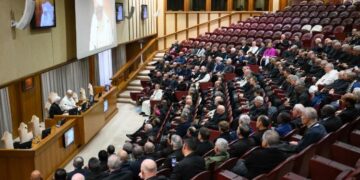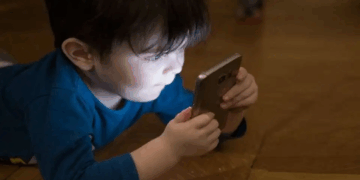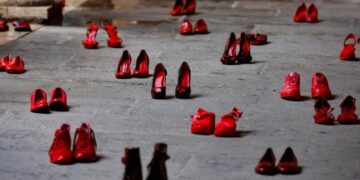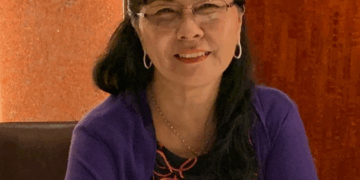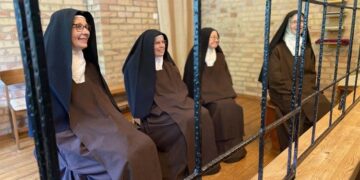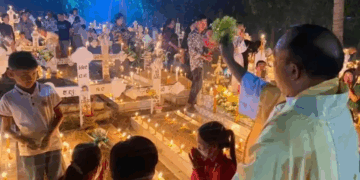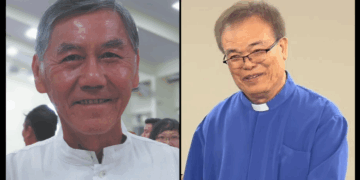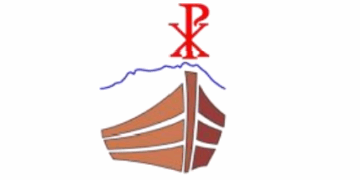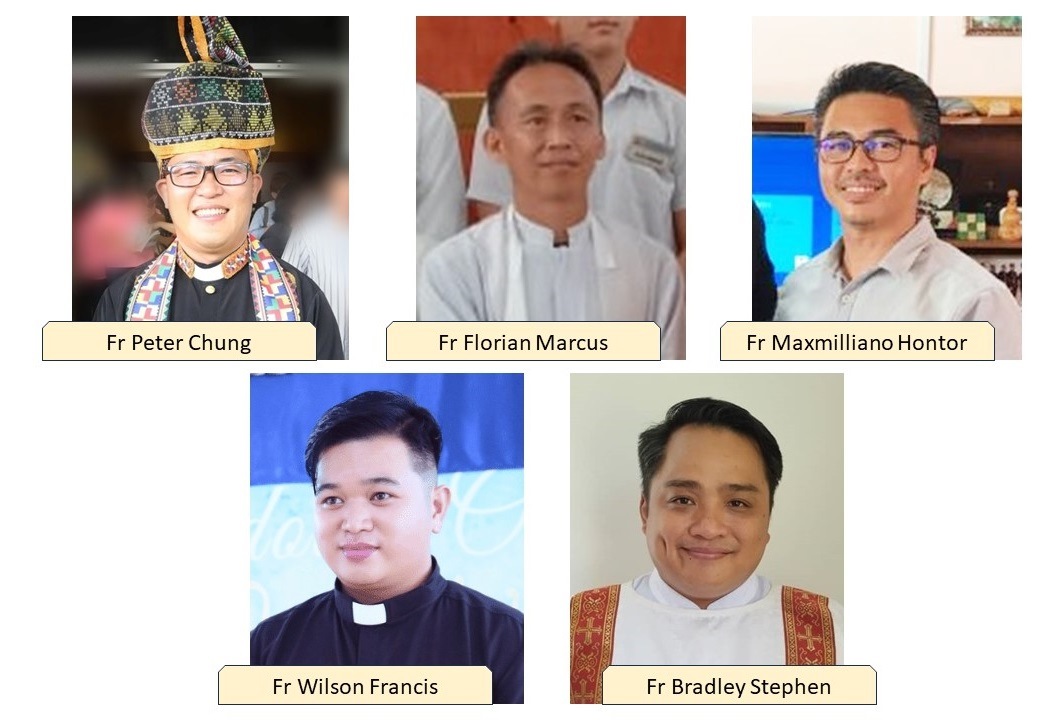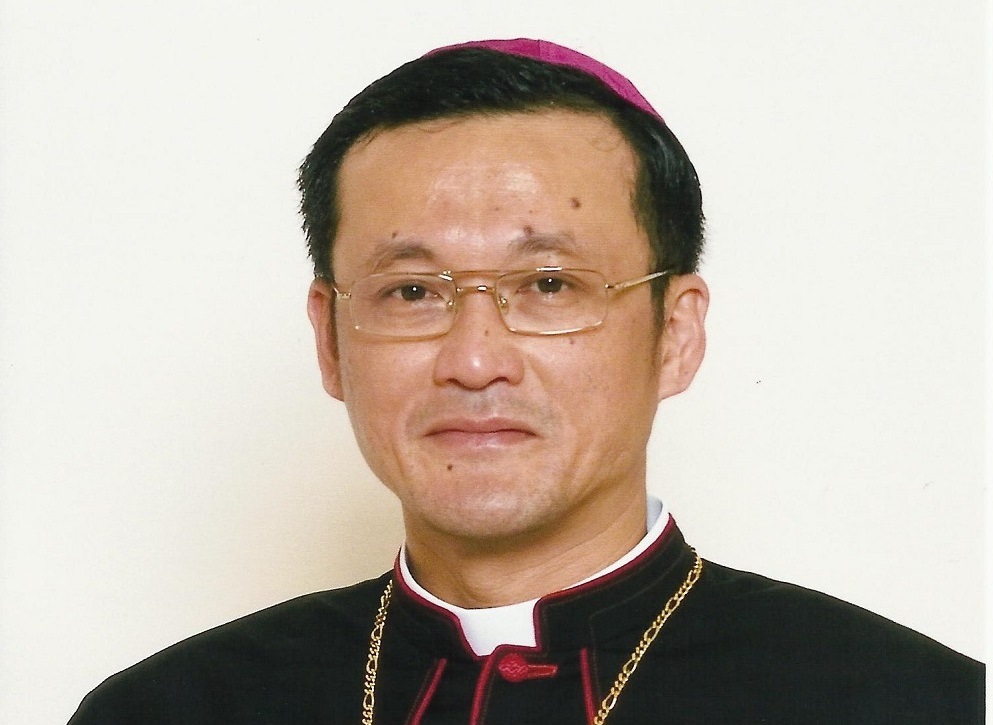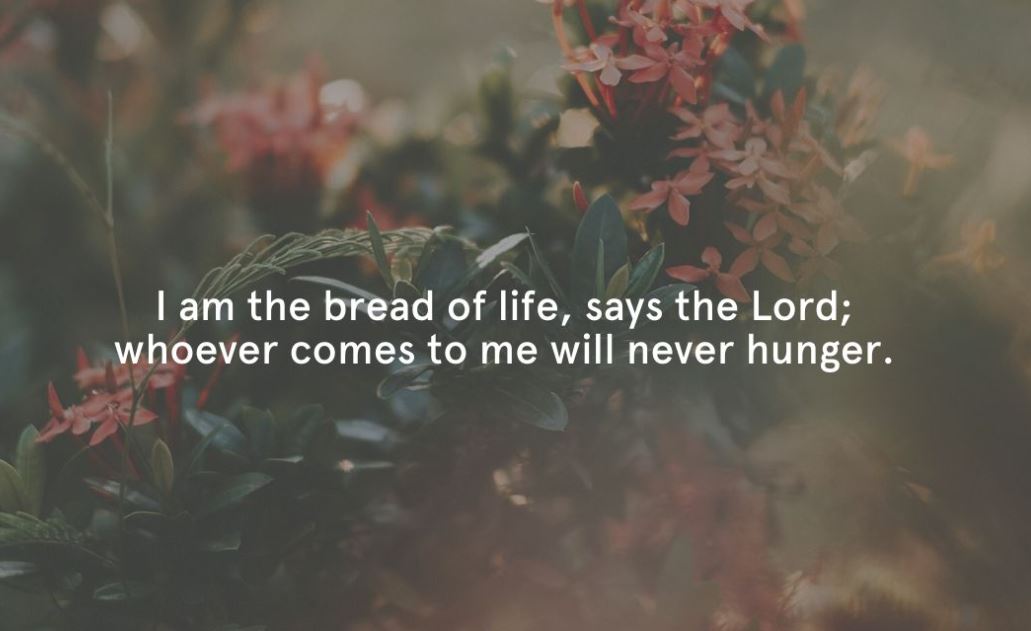
By Michel Chambon
Every part of our body can be a way to connect with God our Father. Whether it’s our hands, feet, mouth, or ears, each organ can help us enter into a more intimate relationship with Him and offer Him praise.
In medieval Christianity, saints and angels were sometimes depicted with large eyes. These eyes gazed upon the glory of God and reflected divine light. Similarly, monasteries placed and still place great emphasis on contemplation.
If praying involves engaging the whole body, then our eyes are powerful allies. They connect us to the true light. Unlike some other senses, sight opens us to time and space. Through sight, we perceive distance between ourselves and the world, we enter into the depth that surrounds us. Light also tells us what time of day it is. We see the age of a person. Seeing is not, by nature, a superficial act.
Sight is unique. It’s a crucial sense of our existence and of our relation to God. With our eyes, we recognize and evaluate people and things. Our eyes are not just windows to the world but also windows to the beauty of creation, a witness to the Creator.
The Orthodox tradition, which long benefited from the artistic and technological heritage of the Roman Empire, deeply understood the value of icons in making visible the mysteries of faith. No lengthy sermons or abstract theories, just a few forms and colors, depicted in a carefully selected way, to express the core of the Christian faith.
Icons are a powerful visual statement. Draped in light, they transmit centuries of Christian meditation and teaching. Before icons, we’re all equal. All it takes is a little attentiveness and openness to be moved. In their solemn simplicity, icons speak to our eyes. Every detail matters.
In a world that struggles to pray, praying with our eyes is a path accessible to everyone. It can begin simply by sitting down with your phone for a moment and looking at an icon or a well-known painting from the Christian tradition.
With just a bit of data, it only takes seconds online to discover a Caravaggio, a Greek icon, a Christian manuscript illumination, or contemporary art inspired by the Gospel. Then, just look. Contemplate it with openness and care, and allow yourself to be seen in return.
Before our eyes, the image does its work. Details emerge, proportions surprise us, and forms begin to speak to our senses. With Rembrandt’s famous painting of the prodigal son, you don’t need to be an art expert or a theologian to be touched by the tenderness of the father’s embrace. The shape of his arms encircling his lost son, the son’s bare head nestled into his father’s chest, or the distant, brooding gaze of the older brother — all these elements invite us into divine intimacy and let us touch, with our eyes, the mystery of God’s mercy.
To reawaken our eyes, to rediscover God present in our lives, all it takes is ten minutes of contemplation a day for a few weeks. Each day, you can use a new artwork recognized by the Church for its spiritual and artistic value. So many are freely available. Whoever you are, each piece has something to reveal to you, a new horizon to discover.
The day after Pentecost, as the Church celebrated Mary, Mother of the Church, I found myself contemplating an Orthodox icon of Pentecost. At the top, a radiant light sent down tongues of fire onto the twelve apostles, who were seated in an oval formation. At the bottom stood Christ the King, holding a cloth.
Between the Father in heaven and the Son emerging from the earth, the twelve apostles sat in between. They seemed to stretch their feet toward Christ below as the tongues of fire descended upon them from above. In a single image, art allows us to see the Father sending the Spirit, and the Son washing the feet.
In Christian faith, it is the whole human being from head to toe who is renewed. Caught between the Father and the Son, the apostles are drawn into the Trinity. This is more than just an icon; it is the blueprint for our lives.
Each image from the Christian tradition has a thousand silent truths to show us. Every artwork holds countless nuances, waiting only for time and patience. You just need to look. There’s no need for long speeches, eloquent words, deep concentration, or agonizing solitude. Simply look and in doing so, renew your vision and become present to God.
Of course, the prayer of the eyes can take other visual forms too. While I recommend using artworks recognized by the Christian tradition, it’s also true that anything truly beautiful bears witness to the creating Trinity. Gazing at a sunset, a breathtaking landscape, or a beautifully set table, all can be prayers of the eyes. As long as we don’t forget who the Creator is, the ultimate Architect, every form of visual contemplation is valid.
Beauty is a window into God. We just have to let our eyes guide us, to rediscover a kind of visual mysticism. Learning to contemplate again is learning to see God again in the everyday, beside us, wherever we are.
A little creativity and attentiveness are all it takes to begin noticing the quiet ways God reaches out to us. In a world that rushes by without our eyes ever truly meeting, where screens and social media quickly capture our gaze, and where we are constantly bombarded with advertising and erotic imagery, it’s urgent that we reclaim our capacity to look, to contemplate, and to be truly moved by what we see.
Of course, there are more complex and subtle ways to pray with our eyes reflecting on Gospel passages or Church teachings for instance. Of course, there are also a thousand forms of ugliness and horror surrounding us. But that does not mean God is absent.
To walk with Him, regardless of our circumstances, we must begin with the basics: simply opening our eyes. This window longs only to be opened or gently dusted off. God is within sight despite everything, you only need to look. – UCA News
This is the second part of a four-part series on ways of praying. Read part one here.
*The views expressed in this article are those of the author and do not necessarily reflect the official editorial position of UCA News.


